The African painted dog, also known as the African wild dog or Cape hunting dog, is one of the most fascinating creatures on the savannah. These remarkable animals are known for their striking coats, each one as unique as a fingerprint. Despite their name, they’re not actually dogs at all, but belong to their own genus. Sadly, these incredible hunters are facing a fight for survival, with only about 6,600 left in the wild. Let’s explore some mind-boggling facts about these extraordinary animals that roam the African plains.
Their Coat Is a Work of Art
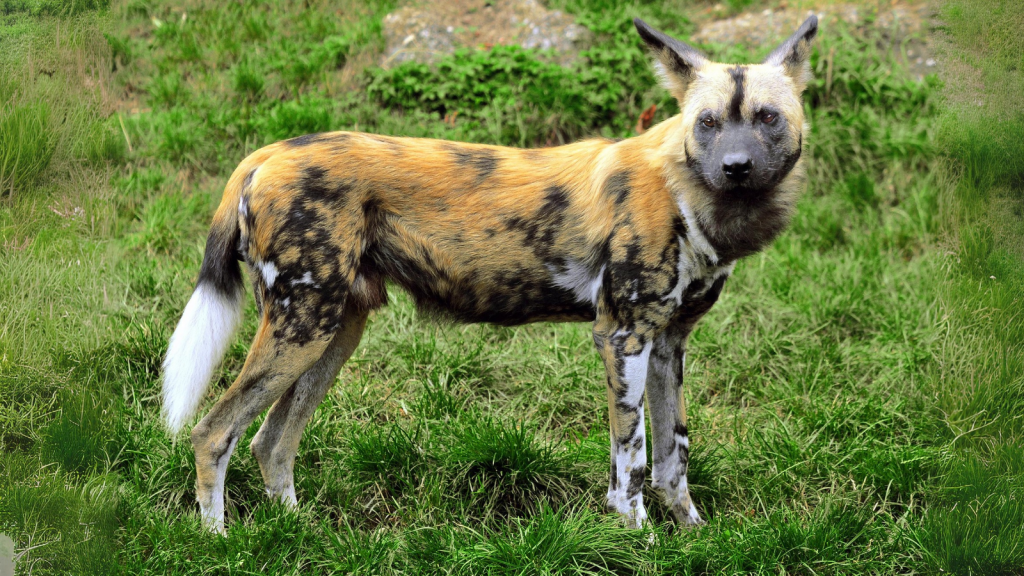
The African painted dog’s coat is a stunning patchwork of brown, black, and white. No two dogs have the same pattern, making each one truly unique. This beautiful coat isn’t just for show – it helps them blend into their surroundings and communicate with other pack members. The patterns are so distinct that researchers can identify individual dogs from photographs, much like we can recognise human faces.
They’re Marathon Runners
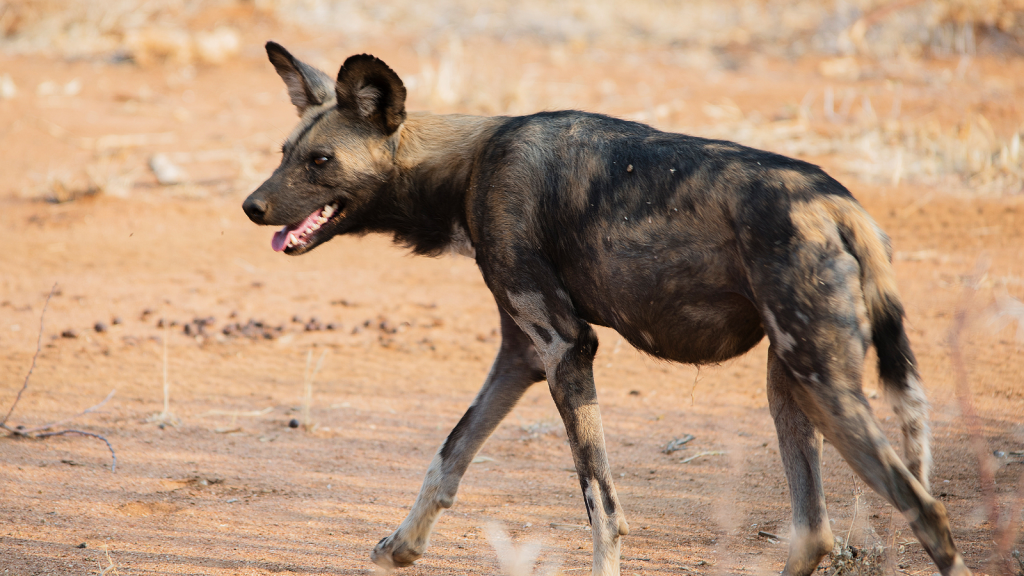
These incredible animals can run at speeds of up to 44 mph for short bursts. Even more impressively, they can maintain a steady pace of 37 mph for miles on end. This endurance helps them wear down their prey during long chases across the savannah. Their stamina is partly due to their lean build and large lungs, which allow for efficient oxygen uptake during extended runs.
They’re Super Social
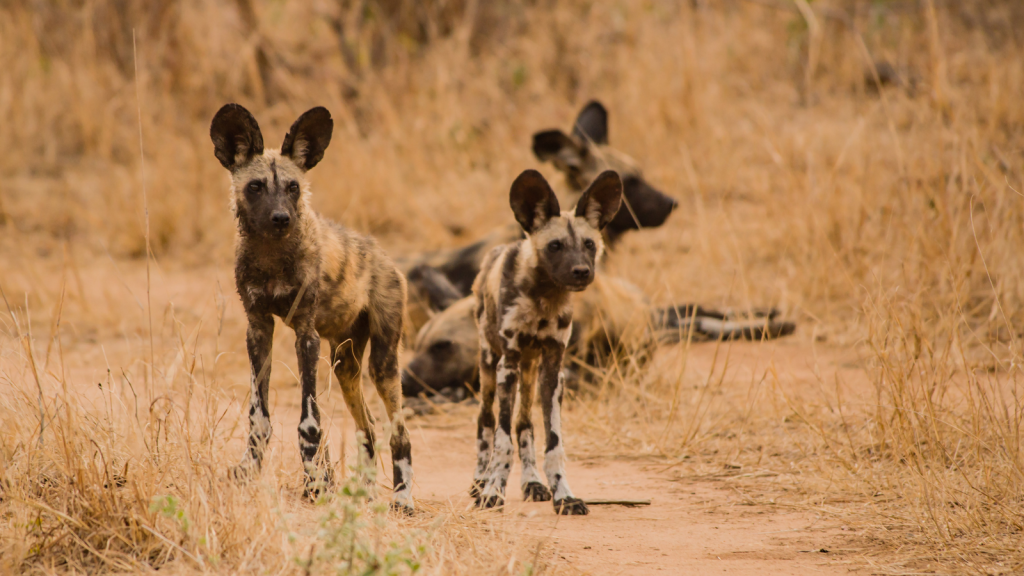
African painted dogs live in tight-knit packs of up to 40 members. They’re incredibly social, working together to hunt, raise pups, and defend their territory. The whole pack pitches in to care for the young, sick, and elderly members. This strong social bond extends to food sharing, with hunters returning from a successful kill to feed pack members who stayed behind.
They Have an Unusual Voting System
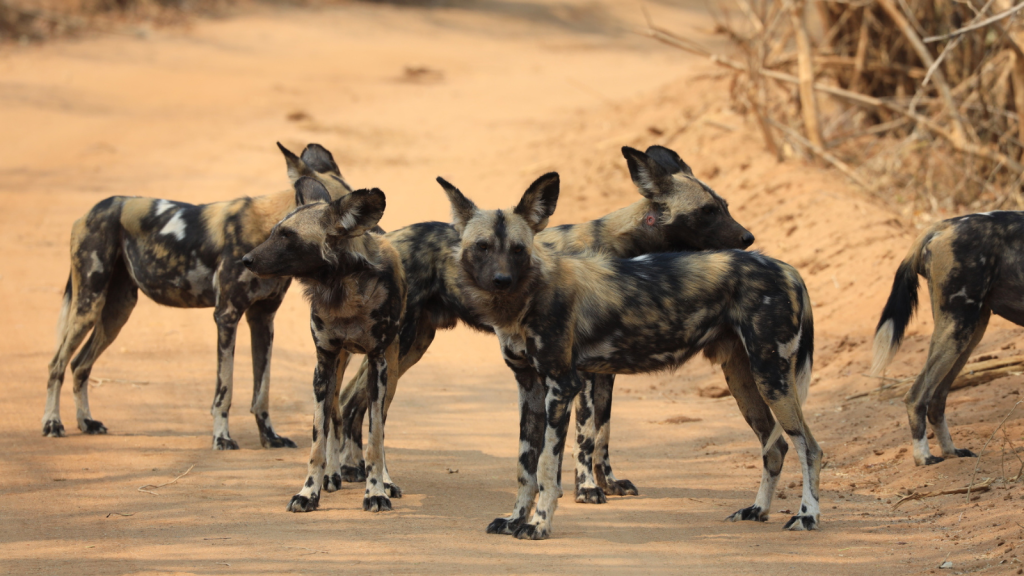
When it’s time to go hunting, the pack doesn’t just follow the leader. Instead, they have a unique voting system. Pack members sneeze to show they’re ready to hunt, and when enough sneezes are heard, off they go! Research has shown that the more high-ranking dogs that sneeze, the more likely it is that the pack will begin the hunt.
Their Hunting Success Rate Is Incredible
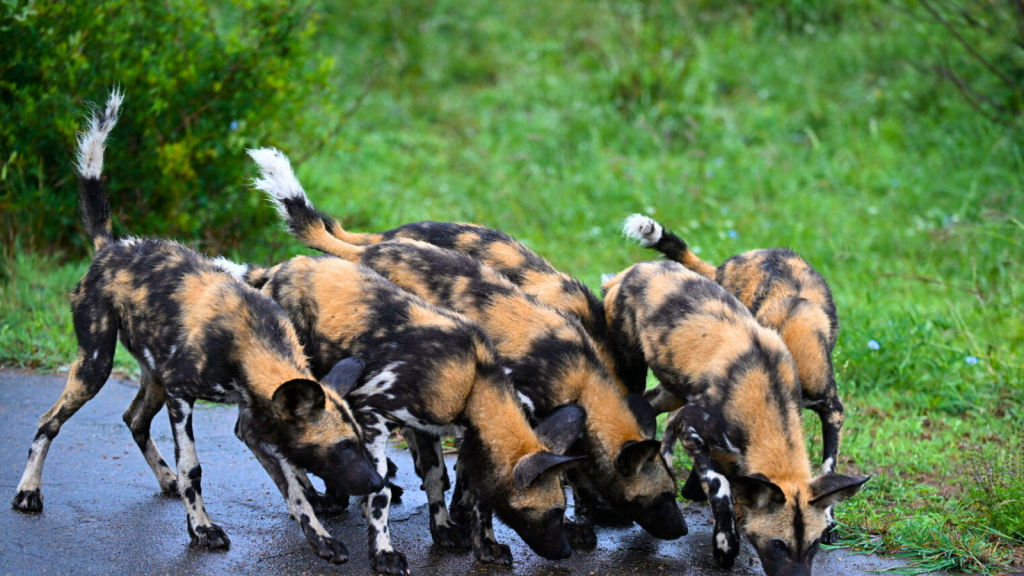
These skilled hunters have a success rate of up to 80% on their hunts. That’s much higher than lions, which only succeed about 30% of the time. Their teamwork and stamina make them formidable predators. Unlike many predators, painted dogs rarely fight over food, which contributes to their hunting efficiency and success.
They’re Caring Parents
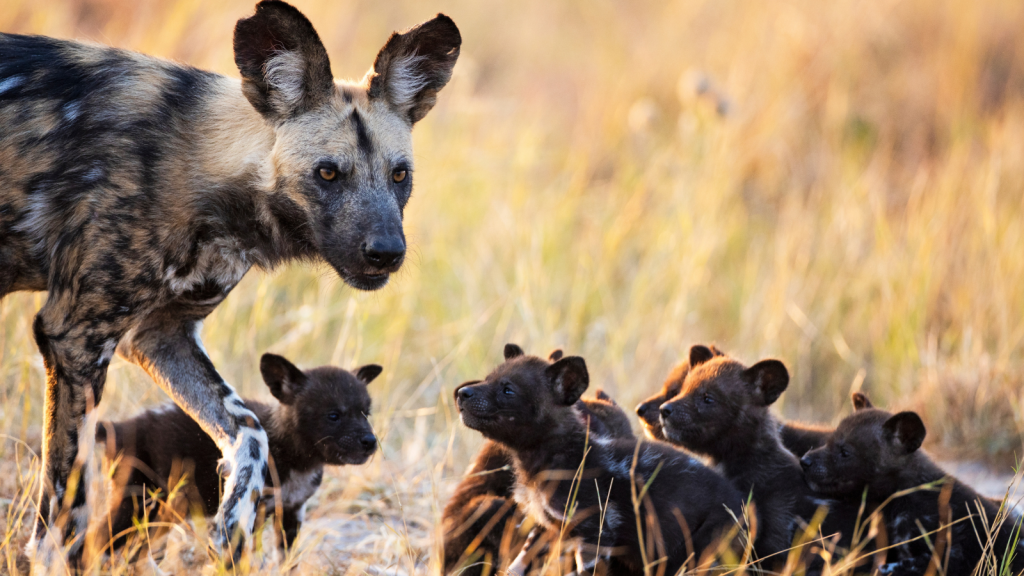
When pups are born, the whole pack gets involved in childcare. Adults take turns babysitting, and when the pups are old enough to eat meat, they’re given first dibs at meal times. Even adult dogs will give up their food for the youngsters. This selfless behaviour extends to sick or injured adults too, who are cared for and fed by the rest of the pack.
They’re Master Strategists
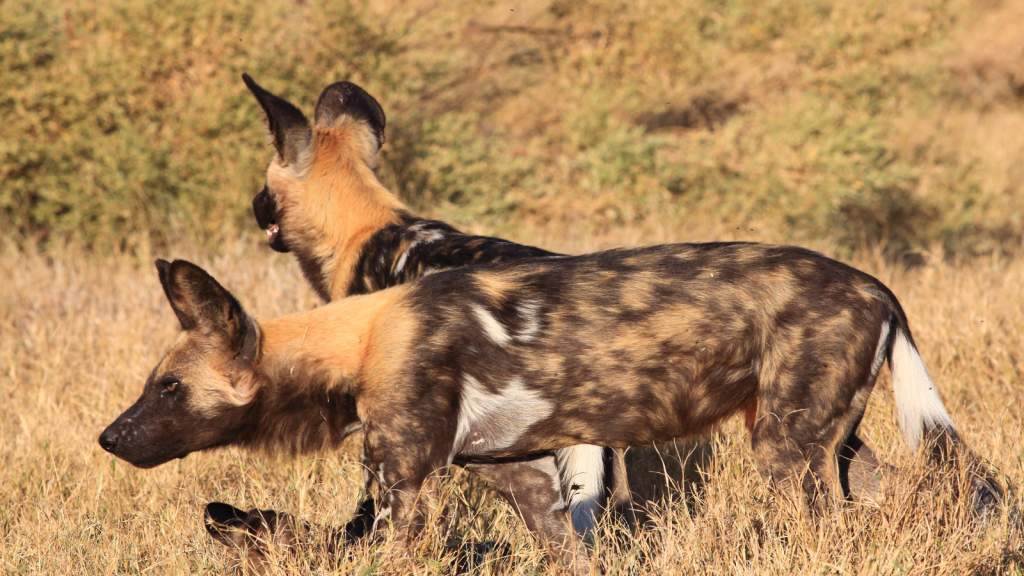
During hunts, painted dogs use complex strategies to bring down prey much larger than themselves. They work together, taking on different roles like chasing, flanking, and ambushing to outsmart their targets. They’ve even been observed taking turns chasing prey to conserve energy, allowing them to pursue for longer periods.
They’re Excellent Communicators
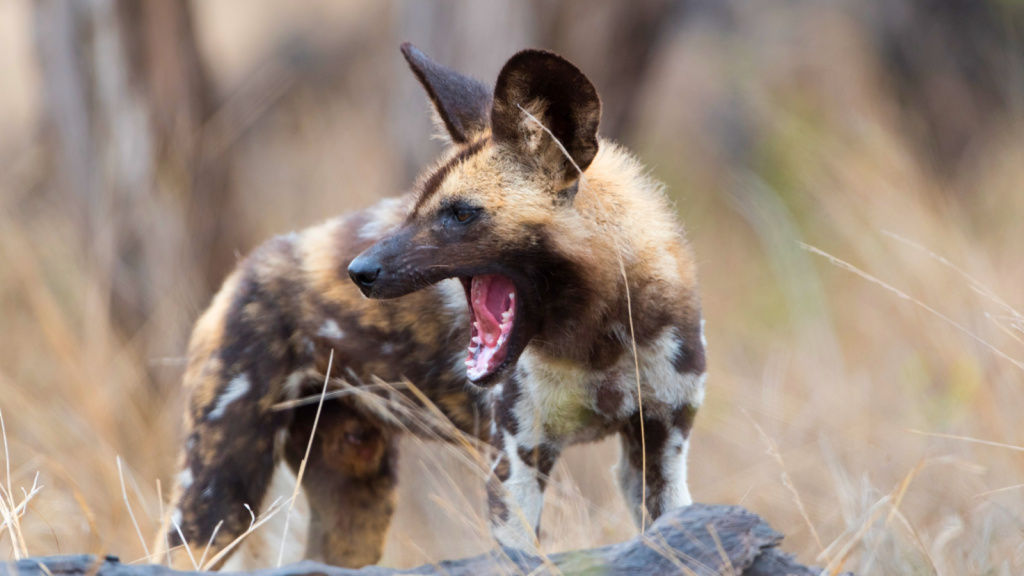
Painted dogs have a wide range of vocalisations, from chirps and twitters to hoots and whines. They use these sounds, along with body language, to communicate with each other during hunts and social interactions. They also have a distinctive greeting ceremony, involving lots of physical contact, which helps to reinforce social bonds within the pack.
They’re Facing Serious Threats
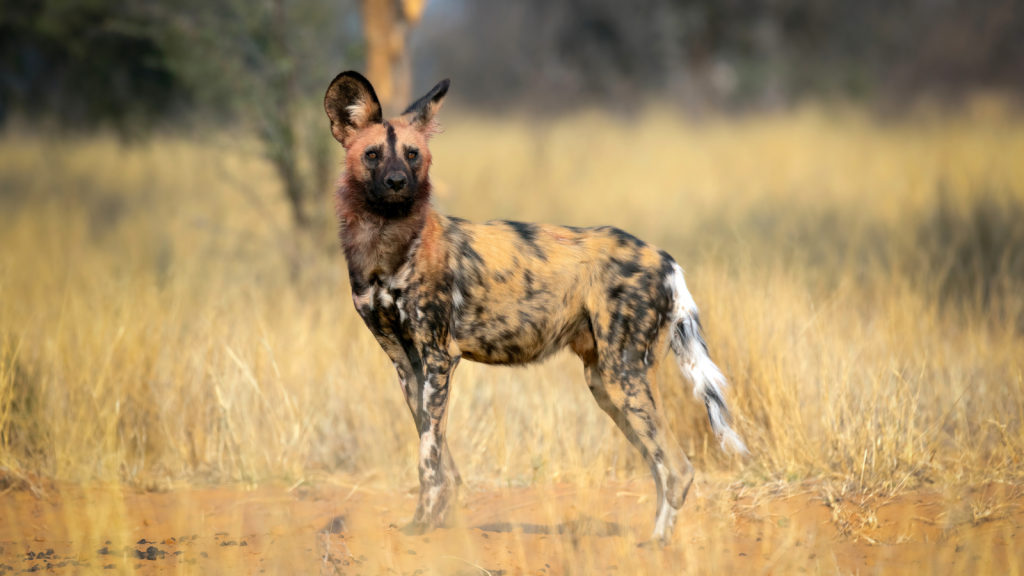
Sadly, African painted dogs are endangered. They face threats from habitat loss, human conflict, and diseases spread by domestic dogs. Conservation efforts are crucial to ensure these amazing animals don’t disappear from the wild. One major challenge is their need for vast territories, which often brings them into conflict with human settlements and farmland.
They Have an Unexpected Relative
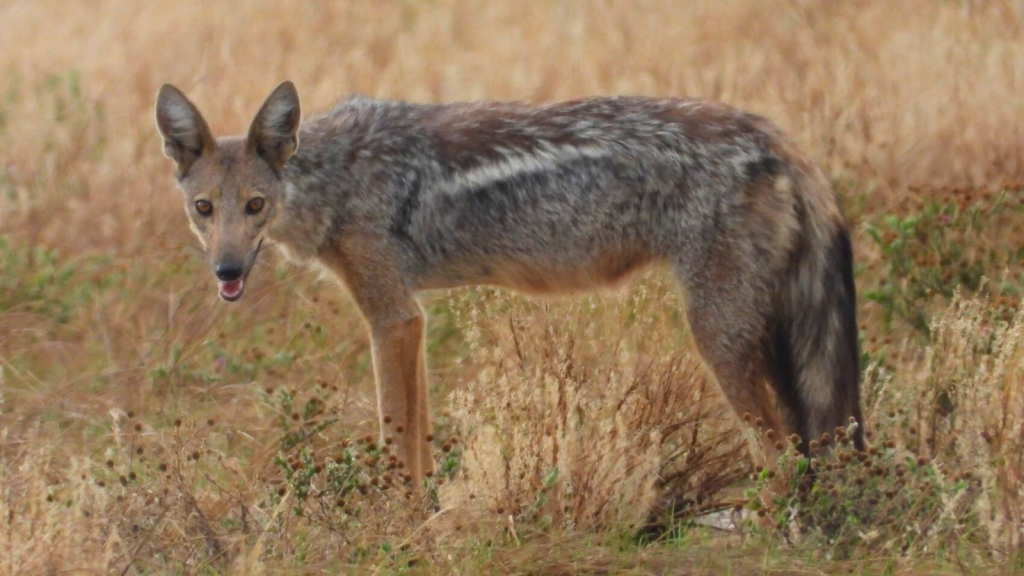
Despite their name, African painted dogs aren’t closely related to domestic dogs. Their closest living relative is actually the African bush wolf, also known as the side-striped jackal. They split from other canids about 3 million years ago. This long period of separate evolution has resulted in unique adaptations, such as their four-toed feet (most other canids have five toes on their hind feet).
Becky is a fervent wildlife enthusiast and pet care expert with a diploma in canine nutrition. Her love for animals stretches beyond the domestic, embracing the wild tapestry of global fauna. With over a decade of experience in animal welfare, Becky lends her expertise to OutlandishOwl through insightful articles, captivating wildlife information, and invaluable guidance on pet nutrition. Her work embodies a deep commitment to understanding the intricate lives of animals and a passion for educating others on sustaining natural habitats. Becky's hands-on conservation efforts and her knack for translating complex dietary science into practical pet feeding tips make her an indispensable voice for creatures great and small.




